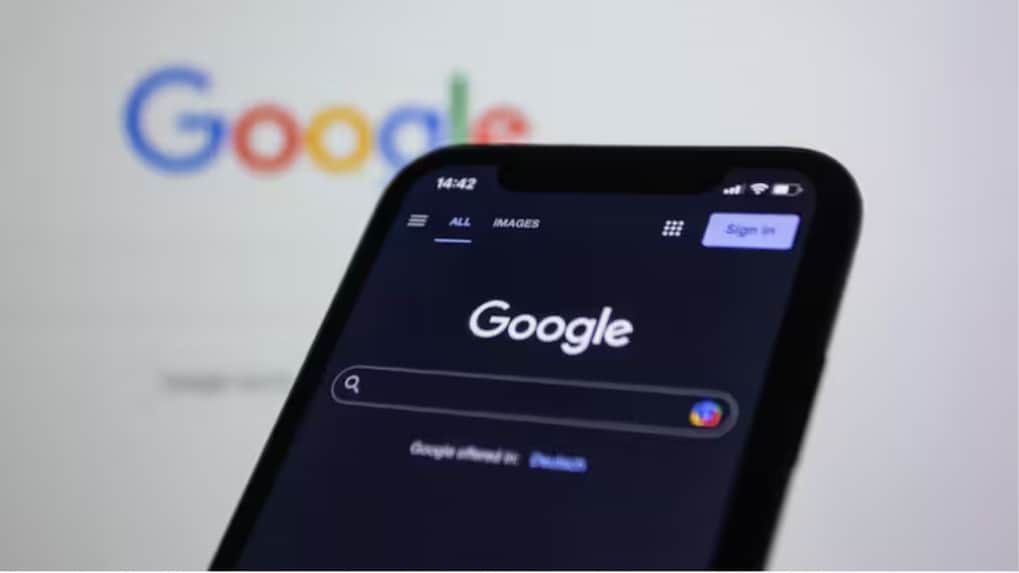Digital
Why OpenAI is hiring 100 ex-bankers: Inside the ChatGPT-maker's secret project to automate Wall Street's grunt work

Google has officially killed its Privacy Sandbox initiative, confirming the end of the years-long project intended to replace third-party cookies with new privacy-preserving ad technologies.
In a blog post, Anthony Chavez, VP of Privacy Sandbox, announced that Google is retiring the 10 remaining Sandbox APIs for both Chrome and Android. The move comes over a year after Google abandoned its plan to completely phase out third-party cookies.
The Privacy Sandbox was Google’s main answer to mounting privacy regulations and industry backlash against cross-site tracking. However, its complexity, limited adoption, and regulatory scrutiny stalled its momentum.
This retreat means Google is no longer forcing the shift away from third-party cookies. For now, this preserves the familiar targeting and measurement tools that underpin much of digital advertising, offering short-term stability for campaign performance.
However, the decision also signals that a viable privacy-safe ad solution for the industry remains unresolved. Advertisers get immediate breathing room, but the long-term uncertainty persists as regulators and browsers continue to tighten data rules.
The following key APIs will be phased out:
Attribution Reporting API (Chrome and Android)
Topics API (Chrome and Android)
Protected Audience API (Chrome and Android)
IP Protection, On-Device Personalization, and others
What remains are technologies that provide optional privacy controls without fundamentally changing the ad ecosystem:
CHIPS (Cookies Having Independent Partitioned State) – Isolates cookie data.
FedCM (Federated Credential Management) – Enables privacy-friendly sign-ins.
Private State Tokens – Helps verify legitimate traffic.
After five years of tests and intense debate, Google’s grand privacy experiment is over. The web’s immediate future looks much more like its past, but the underlying challenge of creating a truly privacy-first advertising model remains an open question for the industry.
In a wide-ranging interview with Storyboard18, Sorrell delivers his frankest assessment yet of how the deal will redefine creativity, media, and talent across markets.